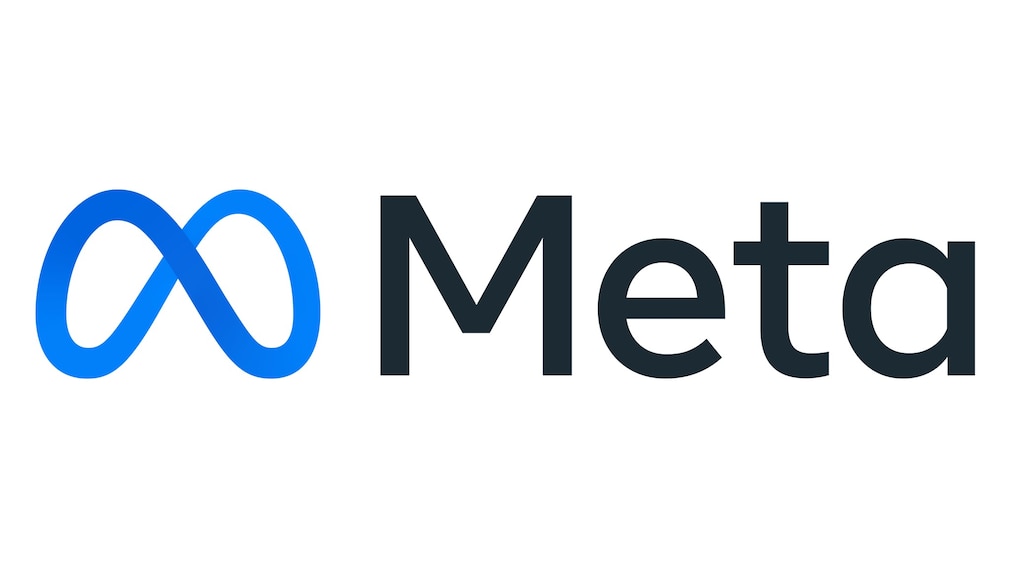
Meta (formerly known as Facebook) is one of the most valuable companies in the world, with a market capitalization of over $1 trillion. The social media giant has grown rapidly since its inception in 2004 and has become a dominant player in the tech industry. In this blog, we’ll take a closer look at Meta’s finances and explore how the company makes money.
Revenue and Profit
Meta generates the majority of its revenue from advertising. The company’s advertising revenue in 2020 was $84.2 billion, a 21% increase from the previous year. This is not surprising, given that Meta has over 2.9 billion monthly active users across its platforms, which include Facebook, Instagram, WhatsApp, and Messenger.
Despite the challenges posed by the COVID-19 pandemic, Meta was able to maintain strong financial performance in 2020. The company reported a net income of $29.2 billion, up from $18.5 billion in 2019. This is largely due to the company’s ability to adapt to changing consumer behavior and its continued investment in new products and services.
Expenses
Meta’s largest expense is research and development, which the company invests heavily in to stay competitive and innovative. In 2020, Meta spent $19.8 billion on research and development, a 24% increase from the previous year. This investment has paid off in the form of new products and services, such as the Oculus VR headset and the Portal video chat device.
Another significant expense for Meta is sales and marketing. The company spent $15.6 billion on sales and marketing in 2020, a 13% increase from the previous year. This investment is necessary to attract and retain advertisers and to promote the company’s products and services.
Cash and Investments
Meta has a significant amount of cash and investments on its balance sheet, which provides the company with financial flexibility and stability. As of December 31, 2020, Meta had cash, cash equivalents, and marketable securities totaling $61.9 billion, up from $54.9 billion in the previous year.
In addition to its cash and investments, Meta has also made strategic acquisitions to further its growth and expansion. Notable acquisitions include Instagram, WhatsApp, and Oculus VR, which have all contributed to Meta’s revenue and user base.
Conclusion
Meta’s finances are a reflection of its dominance in the tech industry and its ability to adapt to changing consumer behavior. While the company faces ongoing challenges related to privacy concerns and regulatory scrutiny, it has demonstrated its ability to generate significant revenue and maintain strong financial performance. With continued investment in research and development, sales and marketing, and strategic acquisitions, Meta is well-positioned for future growth and success.









